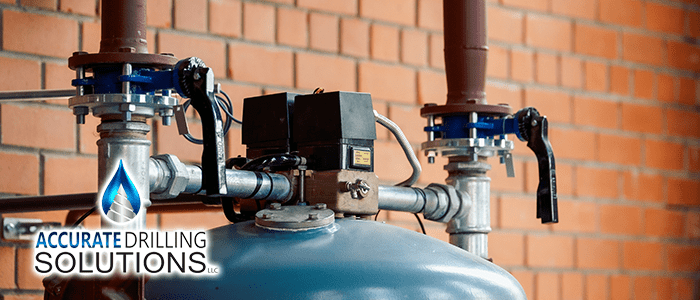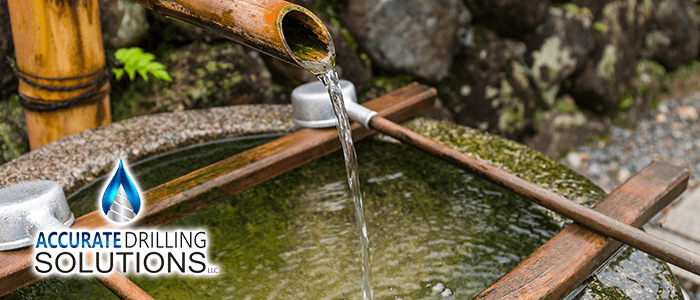
What to Do About Sand in Your Well
A well in good working order should never pump sediment into your home. This can be a major red flag if you start to see sand, dirt, or other particulate matter. This is not a self-correcting problem that will go away after “running the line” for a while. You have a problem to solve. Why is sand in your well such a problem? What can you do about it? This article will cover some basic causes of sand pumping and what you should do about it.
Is Sand in My Water a Problem?
Your well pump will take the bulk of the damage from sediment in your well and will suffer abrasive damage. This can cause clogs, burnouts, and make you replace fixtures early. It can even damage appliances such as dishwashers or washing machines. The fixtures in your home are not meant to handle sand and will begin to break down as the problem persists.
At this point, we should note that while we’re talking about sand, it may not be sand. Fine sediment can resemble sand but could actually be rock. Additionally, if your water has a foul smell or taste, have it tested for contaminants.
Why Do I Have It in My Well?
There are a few potential causes that are very common. One of the most common and worrying reasons for sand in your well is a damaged well case. The part of the well case most likely to corrode or break down is the well screen. This is the grooved section of the well casing where water enters your well. Sediment will enter your well and pump into your water system if the screen breaks down.
Your pump may also be too low in your well, near the bottom. This can cause it to lift sediment with the water. Older wells may also fill with sediment over time, causing the pump to function as if it were set too low. If your well pump is too large, you can suffer a similar problem. This can break down your well pump very fast and result in expensive, premature repairs.
How Can I Clean Sand Out of My Well?
The best and the first thing you should do if you notice sediment in your water is to call us. Sometimes the solution is as simple as pulling the pump 10 to 20 feet higher to avoid the sediment. Other times you may need to perform repairs. Camera imaging will help determine the cause of the sediment and how to fix the problem. Sometimes the problem isn’t even with the well, but somewhere else along the service line.
You may need a new well casing in wells with severe damage. Some cases will allow for a well liner or a pump casing. In the worst situations, you might need a new well altogether. Other options exist, such as centrifugal sand separators or screen filters. When weighing your options, consider your soil conditions, water use, and well condition.
If you’ve got sediment in your well, it’s time to take action to protect your water supply. Call Accurate Drilling Solutions to start fixing this problem before it gets worse. We’ll help you find the cause of the sediment and help you pick the best solution for your needs.
continue reading
Related Posts
Addressing Water Pressure Issues in Wells: Expert Solutions Water pressure
Benefits of Water Filtration Systems for Well Owners in Central
Essential Tips for Conserving Water with Your Private Well Are





